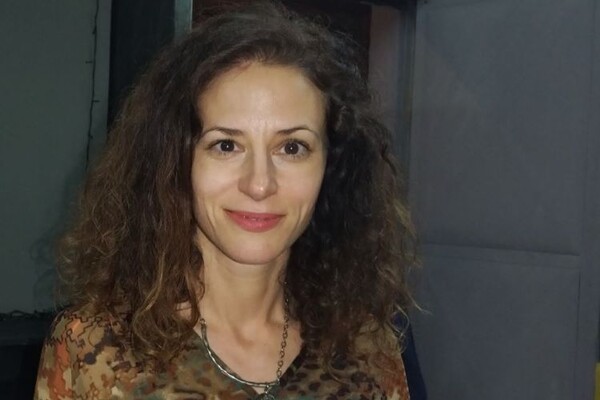Slavica Vučetić is one of the beloved actresses we often see on the stage of the Youth Theatre. She's also someone who warmly welcomes our youngest fellow citizens into the magical world of theater. Whether performing in children’s and youth productions or leading the Youth Theatre’s Acting Studio—attended by kids of all ages—Vučetić plays a key role in nurturing young talent.
For the past three years, she’s also been an integral part of the team behind the "Novi Sad Theater Festival," an international festival dedicated to children and youth. As president of the festival's Artistic Council, Vučetić offers a sneak peek at what’s in store for this year’s edition, taking place from May 7 to 11...
What was the guiding idea behind this year's play selection, and how many productions did you review?
With this year's selection, our goal was to present the young audience in Novi Sad with bold and imaginative takes on classic children's literature, as well as performances that make significant thematic strides in how they address children and youth. We received around 150 applications, mostly from European countries, though there was also notable interest from other continents. The Artistic Council, along with selector Aleksandar Ćurčić, ultimately chose seven productions—from Canada, Spain, the Czech Republic, France, Slovenia, Croatia, and Serbia.
What were the key criteria in the selection process, and what kind of children's and youth theater can audiences expect this year?
Many of the chosen plays fall under the umbrella of puppet theater, which was a key criterion for us, given that the festival is hosted by the Youth Theatre—the oldest puppet theater in Serbia. The selected performances showcase a wide variety of puppetry techniques, but we also included a few dramatic pieces that use playful acting, live music, rhythmic storytelling, and inventive stage movement to reimagine familiar stories for young audiences. One standout is the Canadian production Macbeth Muet, which creatively brings Shakespeare’s classic to life through object animation. Audiences should also look out for The Adventures of Little Juju from Rijeka, and The Pilot and the Little Prince from the Czech Republic. Another highlight is In the Ceiling the Stars Are Shining by the “Duško Radović” Little Theater, which speaks directly to teenagers, exploring the complexities and emotional challenges of growing up.
What age group are this year's shows aimed at?
Most of the selected performances this year are geared toward children around the age of eight. Only three are specifically intended for teenagers and young adults—Macbeth Muet by Canada’s La Fille Du Laitier, Pan by Teatro Plus from Spain, and In the Ceiling the Stars Are Shining from Serbia.
Based on what you’ve seen, are there any new trends in children’s and youth theater—whether in theme, style, or approach?
Honestly, I wouldn't say there's a clear new trend right now. In countries that have established children's and youth theaters with permanent ensembles, productions tend to be more polished and higher in production value, though not always the most innovative. On the other hand, in places where theater for young audiences depends more on private companies and project-based funding, productions are often more modest—favoring smaller-scale or street performances—but they’re often more daring in theme and approach. Globally, we’re seeing an incredible variety in how theater for young people is being created: from classic drama and puppetry to dance theater, interactive and immersive experiences (even for babies!), as well as post-dramatic and socially engaged pieces for teens, and site-specific or street performances. Compared to that, our region still has some catching up to do in terms of experimenting with form and presentation for young audiences.
What is the financial status of the "Novi Sad Theater Festival"?
"The festival has been organized each year with the financial support of the City Administration for Culture in Novi Sad," says Slavica Vučetić. "We’re confident that this support will continue, especially since the festival carries forward the spirit of promoting our city as a European Capital of Culture in the most meaningful way."
How have the past three editions of the festival impacted the Youth Theatre and its audience?
From the very first edition, we were confident—as a theater ensemble—that we had the capacity, both in terms of production and organization, to host a high-quality festival. That confidence was quickly validated by the feedback we received from participating theaters, many of whom have continued to apply year after year. It may sound flattering, but it’s true—we’ve had the privilege of presenting some of the world’s most acclaimed plays and prestigious children’s theaters to young audiences in Novi Sad. Each year, the number of applications continues to grow, allowing us to curate an even more exciting and diverse program. The festival has also helped expand our reach internationally. As the city’s only dedicated children’s and youth theater, we’ve built a strong network of collaborators around the world. This not only enriches our own programming, but also creates opportunities for us to represent Novi Sad abroad—bringing our cultural story to a wider audience through return guest performances.
Snežana Miletić




